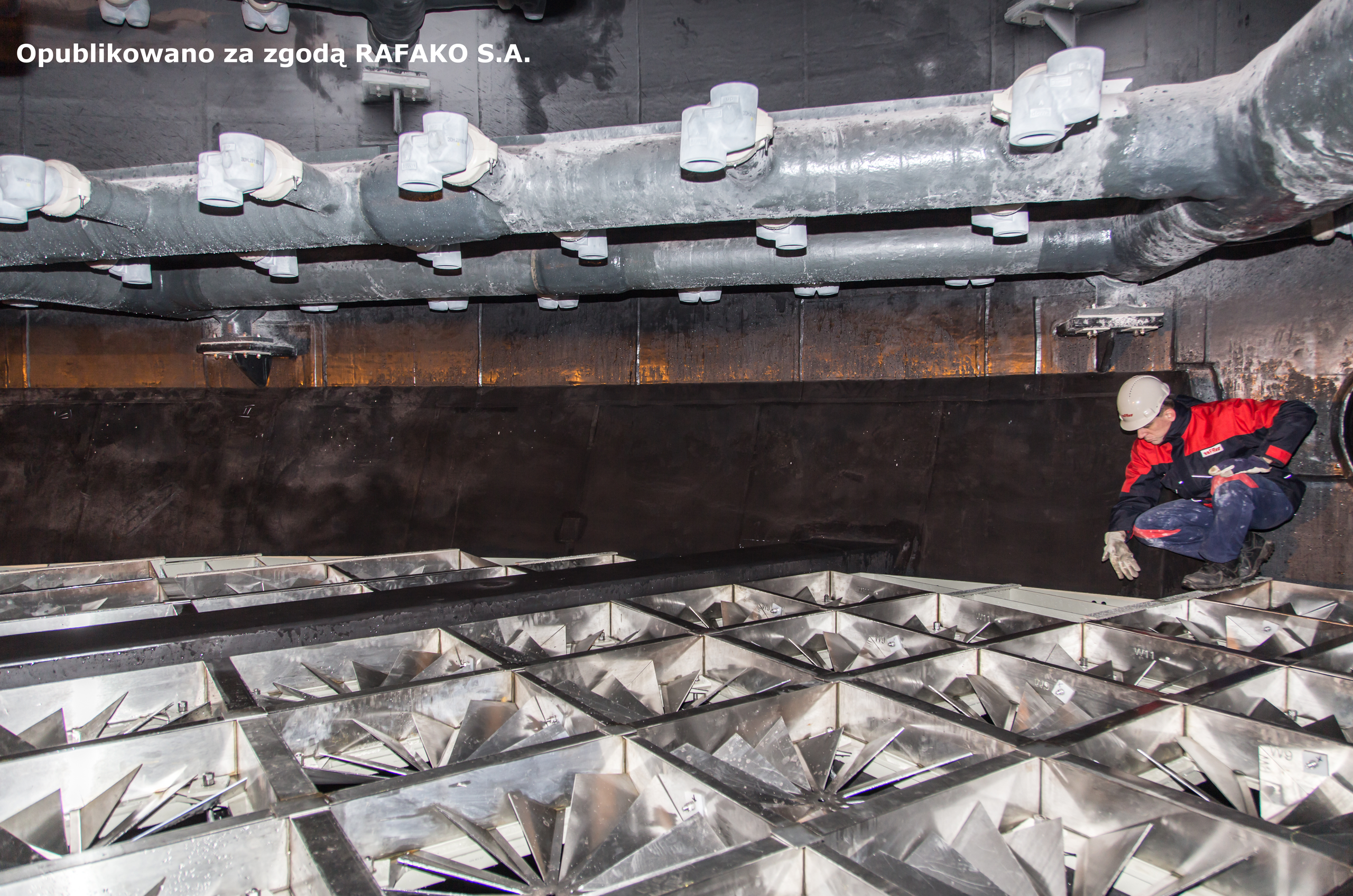Project of more effective flue gas desulphurization
More effective flue gas desulphurization

 Project title
Project title
Development of a low-cost method to increase the efficiency of flue gas desulphurization installations
 Name of Beneficiary/Beneficiaries
Name of Beneficiary/Beneficiaries
Consortium:
- RAFAKO S. A. (consortium leader)
- PGE GiEK S. A. (consortium member)
 Name of programme
Name of programme
STRATEGMED
 Competition
Competition
INNOCHEM
 Project value
Project value
PLN 11 446 275,54
 Funding value
Funding value
PLN 11 446 275,54
 Project delivery period
Project delivery period
29th Apr 2017 – 26th June 2020
View the results of our work


What problem is addressed by the project?
The project solves the problem of increasing the efficiency of removing sulfur dioxide from flue gases in wet flue gas desulphurization systems with the following limitations:
- the intensity of spraying the gas with the liquid does not change (the intensity of the spraying liquid per unit area),
- the dimensions of the absorber do not change, ie the average gas velocity in the absorber remains unchanged.
Who uses the project results?
All entities involved in implementation benefited from the project results. RAFAKO S.A. as a consortium leader, developed its wet flue gas desulphurization technology with an additional modernization element, intended in particular for modernization tasks for existing systems. Due to the change in air protection regulations, the demand for this type of solutions is expected at least until the end of 2021.
The solution will also be an element of new projects, where it will be justified by achieving the cost optimum (including OPEX and CAPEX). The user of the facility, as a member of the consortium, tested the solution on a full-industrial scale and, apart from the planned long-term operation, could better plan the modernization processes of the remaining units. In the case of sale of the technology by RAFAKO S.A. a consortium member will also participate in the benefits of a jointly filed patent application or utility model (the proceedings are pending). The entities involved as subcontractors have developed the scope of services, maintained the execution potential, and prepared for various unit tasks planned to be performed in 2018-2021 at national energy facilities.
What was the greatest challenge during project implementation?
During the implementation of the project, it turned out that the first technical solution was not properly cared for in terms of strength analysis and quality of workmanship. In terms of strength analysis, two prototypes were made, but no analysis of the effects of operation in the actual apparatus, where the element was exposed to vibrations, was performed. As a result, the first production on an industrial scale revealed insufficient stiffness and susceptibility to breaking the wings, both due to natural vibrations, as well as the quality and depth of the welds. The revised solution with FEM strength analysis can be considered effective.
Our advice for other applicants
Implementation of projects with public funding requires knowledge of the regulations and external guidelines for the organization as well as accurate recording and qualification of cost activities. It is a method that can be assessed by external auditors, and therefore not necessarily implemented in the organization. From the beginning of the project, it is recommended to include in the team, in addition to substantive resources, also dedicated employees responsible for communication with the unit granting co-financing, as well as registering and preparing cost reports.
The experience resulting from the degradation of the first solution tested on an industrial scale also allows the obvious conclusion that time pressure cannot lead to shortcuts. As a result of time pressure, the first developed structure was not subjected to a multifaceted, critical design analysis, and as a result, the structure had to be improved and made 100% anew.